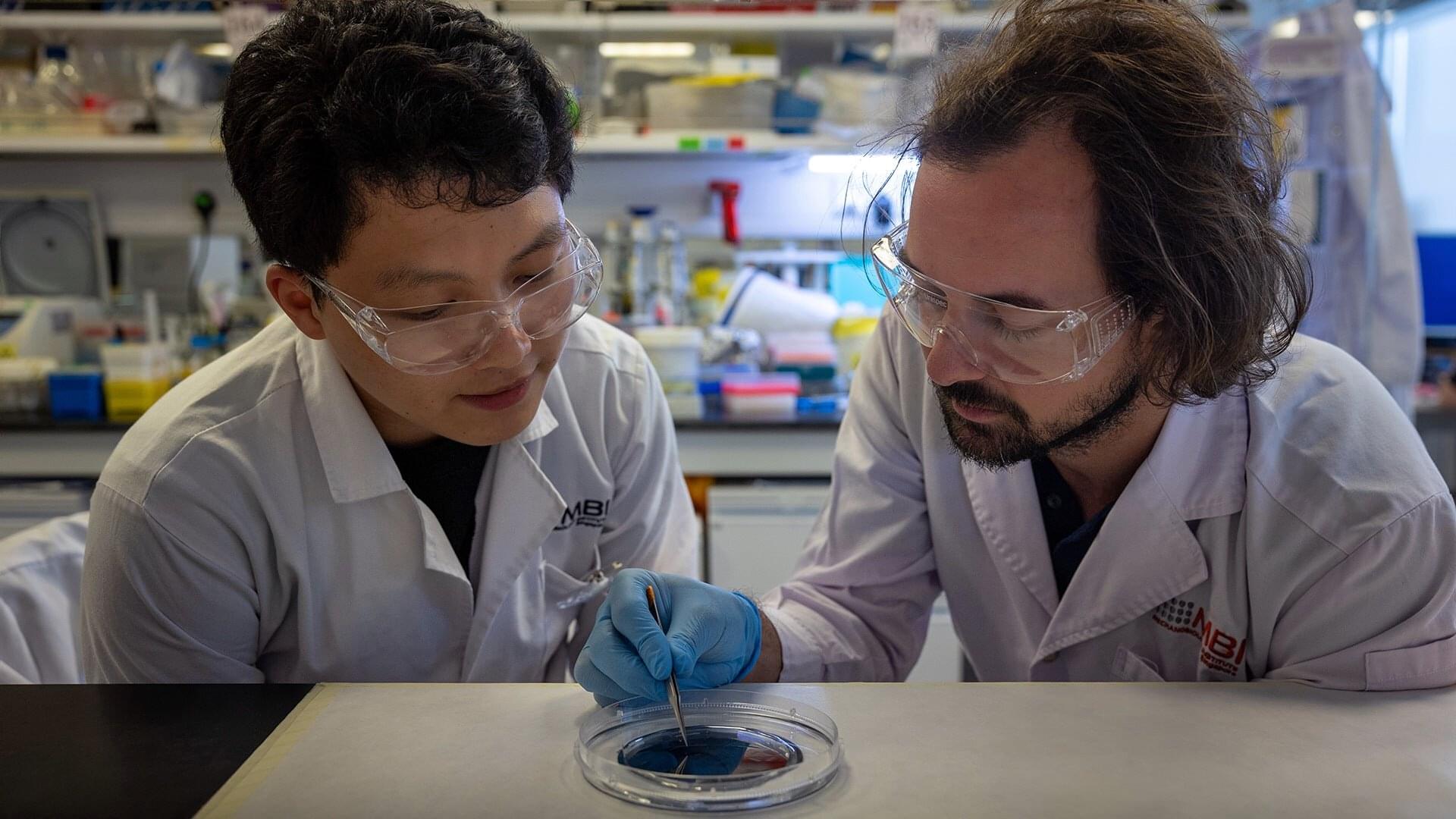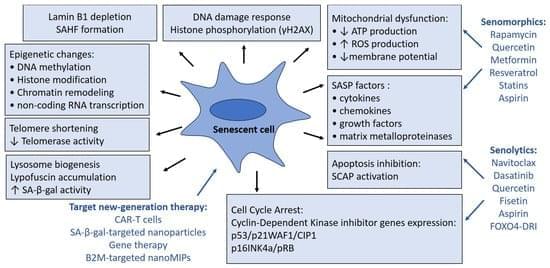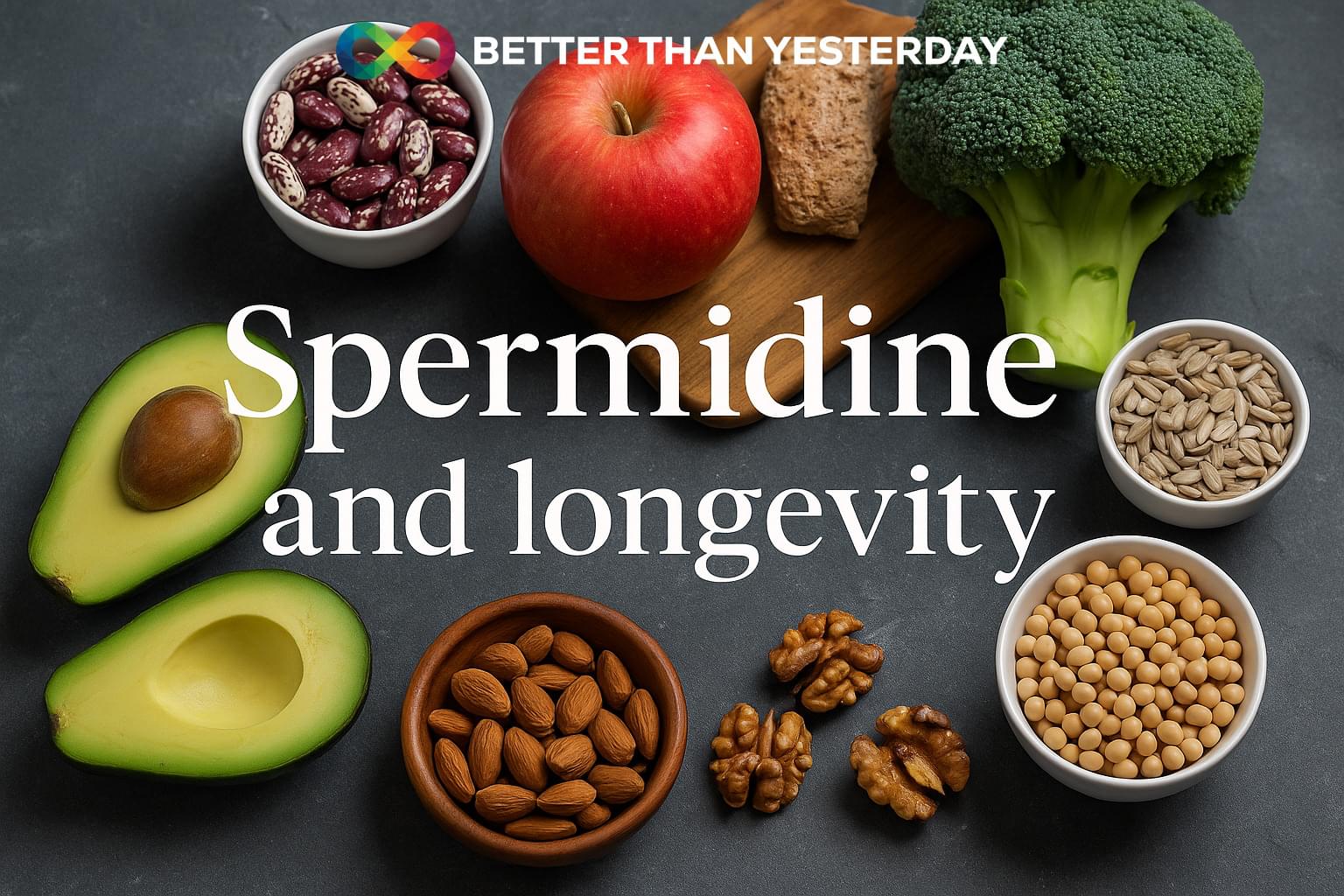The magic mushroom compound extended the life of cells by 57 percent.



What’s good for your aging gut may also be good for your aging brain. The first study of its kind in twins found that taking daily protein and prebiotic supplements can improve scores on memory tests in people over the age of 60.
Published early last year, the findings are food for thought, especially as the same visual memory and learning test is used to detect early signs of Alzheimer’s disease.
The double-blinded trial involved two cheap plant fiber prebiotics that are available over the counter in numerous nations around the world.
Discover how MitoQ reverses vascular aging by 15–20 years! Chief Scientific Officer Dr. Mitchell reveals research on mitochondrial health, showing 42% improvement in blood flow and superior results vs CoQ10 for longevity.
Some links are affiliate links so we will earn a commission when they are used to purchase products.
If you would like to support our channel please consider joining our Patreon / modernhealthspan.
MitoQ https://tinyurl.com/5n93fm3f MitoQ Pure https://tinyurl.com/3hxy9s7x.
Stemregen 15% discount Code MODERN https://tinyurl.com/45z968yr (Only available in the US)
AX3 Life Astaxanthin 20% discount code MODERN20 https://tinyurl.com/2t3w26nw.
All Muse devices 15% discount code MODERN https://choosemuse.com/MODERN
Renue By Science 10% discount code MHS: https://tinyurl.com/bdew4bfs.
NMN Powder https://tinyurl.com/syc7rwkh.
DoNotAge 10% discount code MHS https://tinyurl.com/6dbvhv87
D3/K2 https://tinyurl.com/528z26b7 NMN https://tinyurl.com/wyzj2f3d.
n1o1 Nitric Oxide 10% discount with code Modern https://tidd.ly/3IczGRW
15% off with code PRIME15 until July 12
n1o1 Nitric Oxide Lozenges https://tidd.ly/4eaJTdw.
Age-Defiance Face Cream https://tidd.ly/4eaJTdw.
Wellness Extract 10% discount Code MODERNWE Geranylgeraniol Essential http://wellnessextract.com/RICHARDWE Delta Gold Vit E
Oxford Healthspan Spermidine 15% Code MHS
Original https://tinyurl.com/hrxfnzpn, Gluten Free https://tinyurl.com/2s39pkzv.
Nuchido Time+ 20% discount of first purchase with code MODERN20 https://nuchido.com/MODERN
Pendulum 20% Discount Code HEALTHSPAN
Akkermansia https://pendulumtherapeutics.sjv.io/b… Daily https://pendulumtherapeutics.sjv.io/N… OmegaQuant 5% discount Code MODERN https://omegaquant.com/shop/ OneSkin 15% Discount: Code MODERN OS-01 Face https://oneskin.pxf.io/Z6Yg0K In this comprehensive interview, Dr. Mitchell, Chief Scientific Officer at MitoQ, breaks down the revolutionary science behind mitochondrial-targeted antioxidants and their impact on aging and disease prevention. *Key Topics Covered:* • How MitoQ delivers 90% bioavailability to mitochondria vs 10% for regular CoQ10 • Clinical study showing 42% improvement in flow-mediated dilation (vascular function) • Why mitochondrial dysfunction is the root cause of aging diseases • Exercise performance benefits: improved VO2 max, peak power, and recovery • Brain health and cognitive function improvements • Cardiovascular benefits: reduced oxidized LDL, improved artery flexibility • Immune system support and inflammation reduction • Diabetes prevention through improved glucose metabolism • Proper dosing protocols and supplement combinations *Research Highlights:* ✓ 25+ clinical studies and 800+ research papers ✓ Reverses vascular aging by 15–20 years according to leading researcher Doug Seals ✓ Professional cyclists and elite athletes using MitoQ for performance ✓ Ongoing trials for frailty, cognitive function, and neurovascular health ✓ 300+ independent researchers studying MitoQ applications Learn why targeting mitochondria may be the key to preventing age-related diseases and optimizing healthspan. Discover the science-backed approach to cellular energy and antioxidant protection that’s changing how we think about aging. ⏲️Chapters 0:00 The problem with mitochondria 3:34 How Mitochondria Dysfunction Occurs with Aging 5:43 Natural Protective Mechanisms and CoQ10 7:38 The Invention of MitoQ — Superior Mitochondrial Targeting 11:15 How MitoQ Differs from CoQ10 13:31 MitoQ vs CoQ10 — Research Comparisons 17:52 Cardiovascular Benefits and Flow-Mediated Dilation 23:32 Heart Muscle Function and Immune System Effects 28:16 Exercise Performance and V2 Max Improvements 32:04 Research Funding and Collaborative Programs 36:11 Diabetes Prevention and Glucose Metabolism 39:02 Brain Health and Cognitive Benefits 44:23 Dosing Protocol and Administration Guidelines 48:04 Supplement Combinations and Future Directions 🌐Links in this video MitoQ Home page https://www.mitoq.com/ Mitochondrial Collaborative Research Program https://www.mcrp.dev/ *************************************** Health claims Disclosure: Information provided on this video is not a substitute for direct, individual medical treatment or advice. Please consult with your doctor first. Products or services mentioned in this video are not a recommendation. Audio Copyright Disclaimer Please note that we have full authorization to the music that we used in our videos as they were created using the service WeVideo which provides the rights to the music. The rights are detailed in the terms of use that can be reviewed here https://www.wevideo.com/terms-of-use and any following inquiries should be addressed to [email protected]. ************************************************ #MitoQ #Mitochondria #Longevity.
Metabolic Daily https://pendulumtherapeutics.sjv.io/N…
OmegaQuant 5% discount Code MODERN https://omegaquant.com/shop/
OneSkin 15% Discount: Code MODERN OS-01 Face https://oneskin.pxf.io/Z6Yg0K
In this comprehensive interview, Dr. Mitchell, Chief Scientific Officer at MitoQ, breaks down the revolutionary science behind mitochondrial-targeted antioxidants and their impact on aging and disease prevention.
*Key Topics Covered:*
• How MitoQ delivers 90% bioavailability to mitochondria vs 10% for regular CoQ10
• Clinical study showing 42% improvement in flow-mediated dilation (vascular function)
• Why mitochondrial dysfunction is the root cause of aging diseases.
• Exercise performance benefits: improved VO2 max, peak power, and recovery.
• Brain health and cognitive function improvements.
• Cardiovascular benefits: reduced oxidized LDL, improved artery flexibility.
• Immune system support and inflammation reduction.
• Diabetes prevention through improved glucose metabolism.
• Proper dosing protocols and supplement combinations.
*Research Highlights:*
✓ 25+ clinical studies and 800+ research papers.
✓ Reverses vascular aging by 15–20 years according to leading researcher Doug Seals.
✓ Professional cyclists and elite athletes using MitoQ for performance.
✓ Ongoing trials for frailty, cognitive function, and neurovascular health.
✓ 300+ independent researchers studying MitoQ applications.
Learn why targeting mitochondria may be the key to preventing age-related diseases and optimizing healthspan. Discover the science-backed approach to cellular energy and antioxidant protection that’s changing how we think about aging.

In a discovery that could reshape approaches to regenerative medicine and bone repair, researchers have found that human stem cells can be prompted to begin turning into bone cells simply by squeezing through narrow spaces.
The study suggests that the physical act of moving through tight, confining spaces, like those between tissues, can influence how stem cells develop. This could open new possibilities for engineering materials and therapies by guiding cell behavior using physical, rather than chemical, signals.
The research was led by Assistant Professor Andrew Holle from the Department of Biomedical Engineering in the College of Design and Engineering at the National University of Singapore (NUS), and the Mechanobiology Institute (MBI) at NUS, and was published on 8 May 2025 in the journal Advanced Science.

A compound found in psychedelic mushrooms may have antiaging properties. Researchers at Baylor College of Medicine have found that psilocybin, the active compound in psychedelic mushrooms, may extend both cellular and organismal lifespans.
The findings, published in the journal npj Aging, show that psilocybin reduced multiple hallmarks of aging in cells while also improving survival in aged mice.
“There have been a number of clinical studies that have explored the therapeutic potential of psilocybin in psychiatric conditions such as depression and anxiety; however, few studies have evaluated its impacts outside the brain,” said Dr. Louise Hecker, associate professor of medicine— cardiovascular research at Baylor and senior author of the study.

Psilocybin, the naturally occurring psychedelic compound produced by hallucinogenic mushrooms, has received attention due to considerable clinical evidence for its therapeutic potential to treat various psychiatric and neurodegenerative indications. However, the underlying molecular mechanisms remain enigmatic, and few studies have explored its systemic impacts. We provide the first experimental evidence that psilocin (the active metabolite of psilocybin) treatment extends cellular lifespan and psilocybin treatment promotes increased longevity in aged mice, suggesting that psilocybin may be a potent geroprotective agent.
Kato, K., Kleinhenz, J.M., Shin, YJ. et al. Psilocybin treatment extends cellular lifespan and improves survival of aged mice. npj Aging 11, 55 (2025). https://doi.org/10.1038/s41514-025-00244-x.

Cellular senescence is a key mechanism of aging. Senescent cells negatively affect the function of tissues and organs, significantly contributimg to the aging of the organism. Functional and structural characteristics of senescent cells, such as genomic changes and cell cycle arrest, lysosome and mitochondrial dysfunction, and production of SASP factors, are promising therapeutic targets in the context of healthy longevity. The present review was designed to characterize the features of senescent cells in order to discuss current methods and problems of geroprotective therapy and perspective factors for the development of new strategies of anti-aging treatment. Publications were searched based on the analysis of articles containing the keywords “senescent cells, aging, senolytic therapy, SASP, mitochondrial dysfunction” in the PubMed and Scopus databases up to March 2025.


Stores of glucose in the brain could play a much more significant role in the pathological degeneration of neurons than scientists realized, opening the way to new treatments for conditions like Alzheimer’s disease.
Alzheimer’s is a tauopathy; a condition characterized by harmful build-ups of tau proteins inside neurons. It’s not clear, however, if these build-ups are a cause or a consequence of the disease. A new study now adds important detail by revealing significant interactions between tau and glucose in its stored form of glycogen.
Led by a team from the Buck Institute for Research on Aging in the US, the research sheds new light on the functions of glycogen in the brain. Before now, it’s only been regarded as an energy backup for the liver and the muscles.
Meet the keynote speakers at Longevity Summit Dublin 2025. Explore leaders in aging research, biotech, and longevity science.